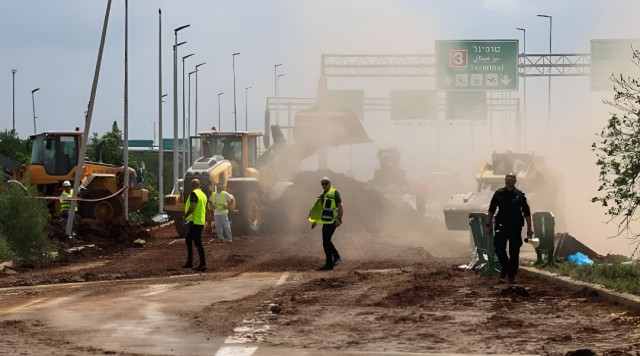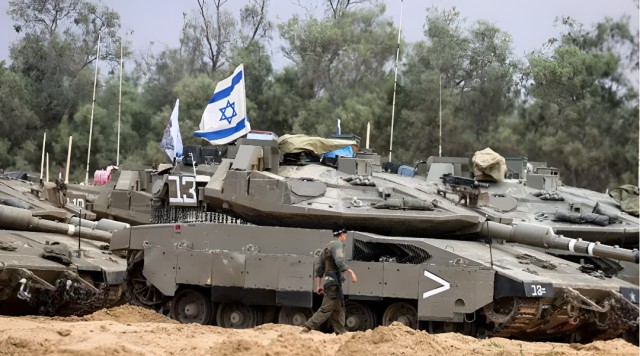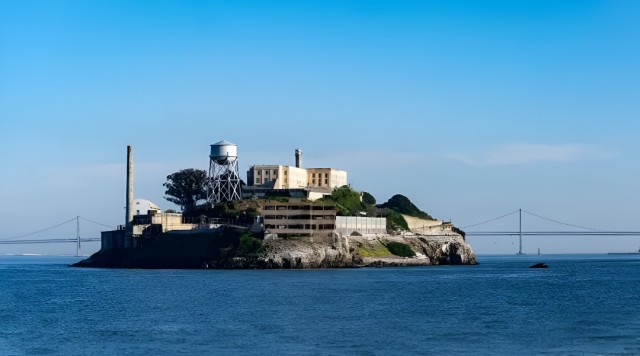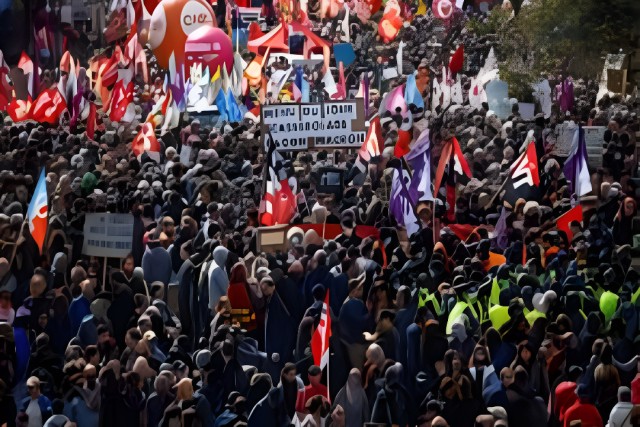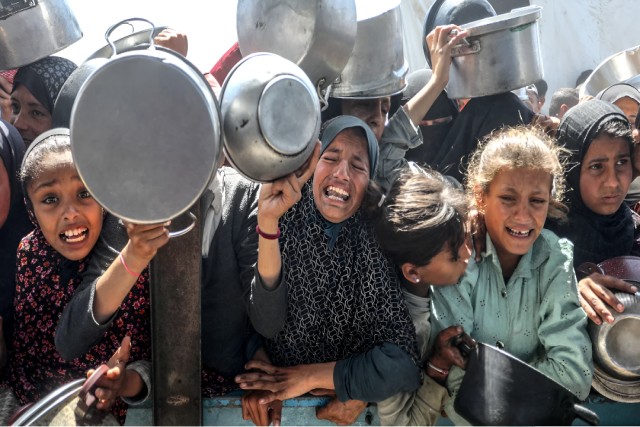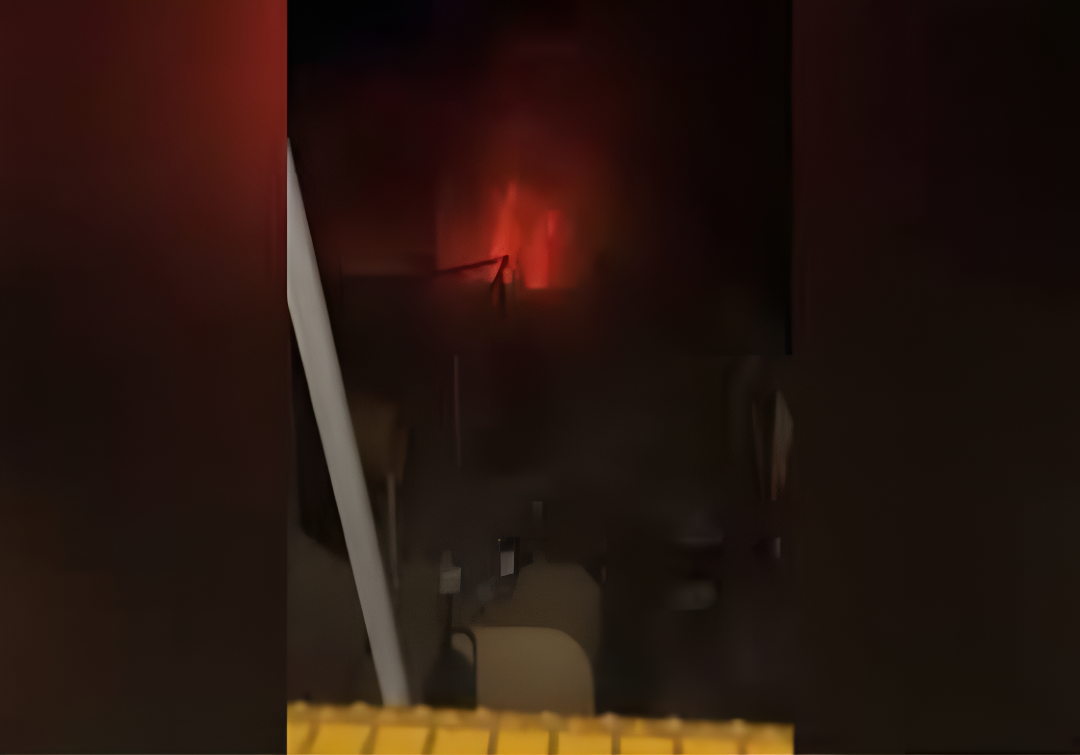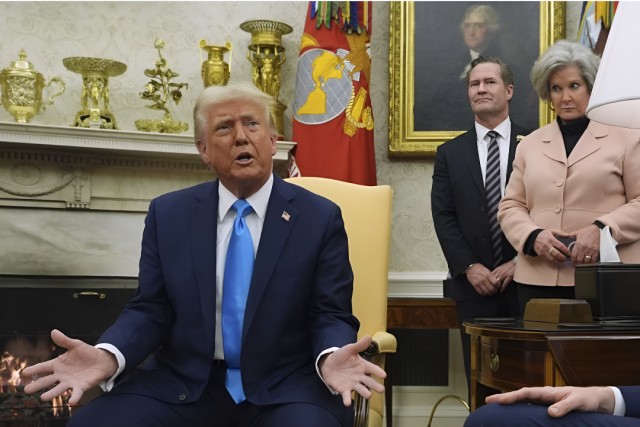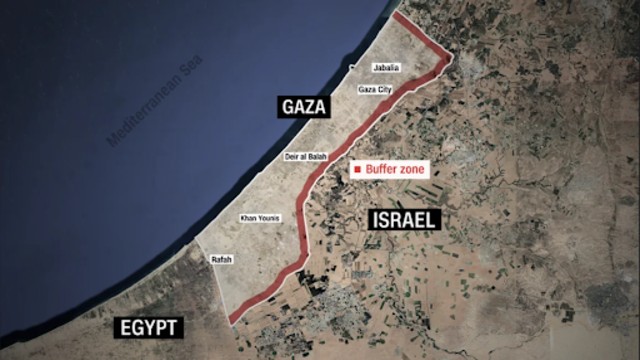
Israeli soldiers have shared accounts, and satellite images reviewed by CNN show that a buffer zone is being created along the Gaza-Israel border. CNN
Israel's military has transformed areas within approximately half a mile of the Gaza border into a desolate buffer zone. Armored bulldozers have systematically demolished homes, while combat engineers have used explosives to destroy factories. Fertile farmlands that once sustained Palestinian livelihoods have been rendered inaccessible.
The Israeli Defense Forces (IDF) have established this roughly 1-kilometer-wide zone, prohibiting Palestinian presence and reportedly targeting individuals who enter the unmarked perimeter. Soldiers deployed in Gaza have revealed that the military systematically destroyed civilian infrastructure to create this buffer area. They also described permissive engagement rules that allegedly led to firing upon and killing unarmed Palestinians.
International law experts argue that these actions violate humanitarian law and may constitute war crimes. The UN High Commissioner for Human Rights, Volker Türk, stated that the extensive destruction of property, not justified by military necessity and carried out unlawfully, amounts to a grave breach of the Fourth Geneva Convention. He emphasized that creating a buffer zone for general security purposes does not align with the narrow 'military operations' exception in international humanitarian law.
The IDF maintains that establishing a security zone adjacent to Israel is vital to prevent attacks from Hamas and other terrorist organizations. They assert that these actions are essential to ensure the security of Israeli forces and communities and are conducted in accordance with international law.
However, soldiers' testimonies suggest a deliberate, centralized strategy to expand the buffer zone. One sergeant described systematically destroying warehouses and factories in Gaza City's Shujaiya neighborhood, indicating orders from high command. Another soldier deployed to Khuza’a in southern Gaza reported receiving directives to leave nothing standing, except for specific structures like a UNRWA school and a water facility.
Satellite imagery corroborates the formation of this buffer zone, showing the destruction of over 6,200 buildings within 1 kilometer of the border. Residents attempting to return to these areas have faced lethal consequences. For instance, Abdul Aziz al-Nabahin, a farmer from Al-Bureij, recounted how his son was killed by a tank shell while collecting firewood near their destroyed home.
Legal experts contend that the widespread destruction of civilian property without clear military necessity and the targeting of unarmed individuals violate international law. They stress that civilians do not lose their protected status simply by entering a restricted area, and only active participation in hostilities justifies such actions.


